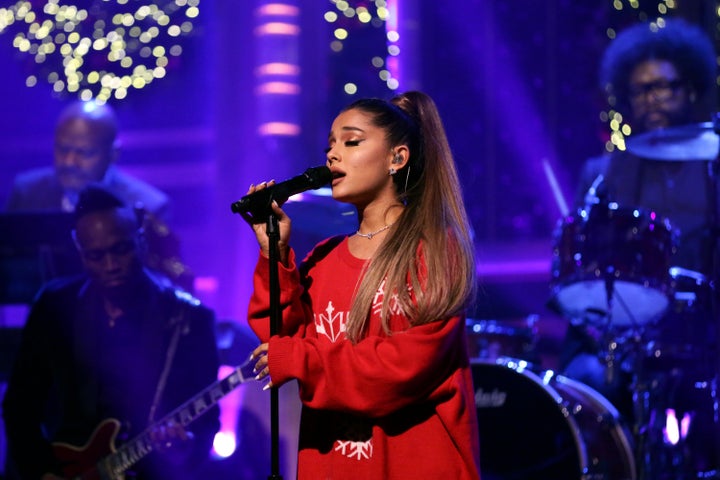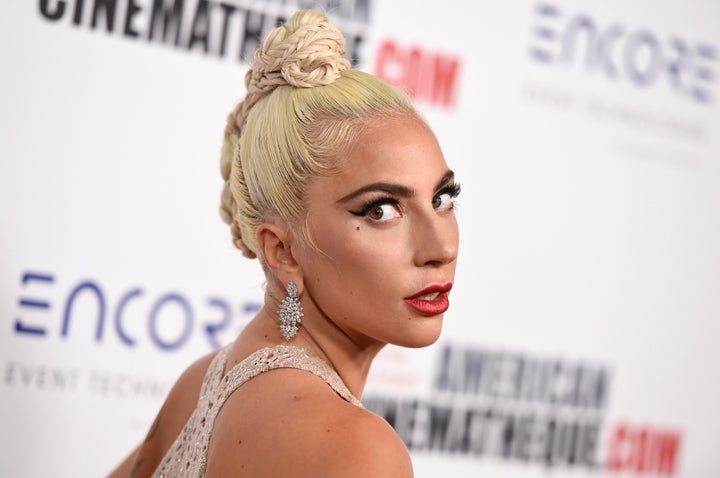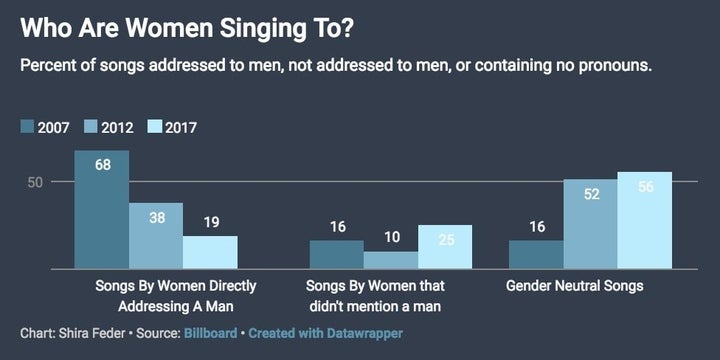
In many ways, 2018 felt like the year of the female pop star. From the rise of Cardi B to Ariana Grande’s continued grip on the charts to Lady Gaga’s rebirth in “A Star Is Born,” if you looked at only the headlines, you might think that women were dominating the pop music world or that they had at least reached parity with men. You’d be wrong.
In 2018, just 24 percent of Billboard’s Hot 100 songs were by women. This was an improvement compared with 2017’s 16 percent, but since 2007, women have never made up more than a quarter of the Hot 100. For all women’s progress, for all the press coverage and hype around their work, it’s still surprisingly difficult for them to make it onto America’s list of most-listened-to songs.

There are several major reasons you seem to always hear the same few women’s voices on the radio. For a woman to get on the pop charts, she usually has to have the backing of a major label. She has to have a distinct voice and a persona or personal brand that will make headlines. She should have some kind of moving backstory, dancing ability and sex appeal. Look at Ally Maine’s transformation in “A Star Is Born,” in which a record deal comes with a choreographer, backup dancers and a new look. It’s a depiction that Lady Gaga’s choreographer called “true to pop music.”
Briana Younger, a music coordinating specialist at Sirius XM radio, said the demands on a woman’s image in pop mirror those in the real world. “It’s the whole thing of women have to do twice the work for half the amount of attention,” she said. “Women have to give more of themselves to make headlines. For men, making music is enough.”
Then there’s the widespread cultural belief, held by women and men, that women must compete to be the only one at the top. “Music can be cutthroat, especially for women. ... We’re taught, inadvertently, there’s only so much room for you. There can only be one blonde one, there can only be one queer one,” musician Meg Remy told the Ringer in February.
“Look at the Nicki Minaj–Cardi B dustup,” said Tom Erlewine, a senior editor for All Music, referring to the two female rappers’ battle for radio dominance. “Why do we believe there is only room for one female rapper?” There are many men on the charts singing slow ballads that all sound similar, from Shawn Mendes to Khalid to the Weeknd, and no one thinks twice about that.

Then there are the musical gatekeepers like radio DJs and streaming algorithms (though Billboard doesn’t count the latter). “I think it’s less that people are choosing music by men and more that people are listening to what is being played,” Younger said. When listeners turn on the radio, they’re listening to songs chosen by radio DJs. “These DJs pick which songs they want to play ... and most of the time they end up picking songs by men like them.” (While there’s no reliable data on gender among radio DJs, it’s worth noting that people have been complaining about how male-dominated the radio world is since at least 1995.)
Additionally, when scientists create still-nascent technology like streaming algorithms, there’s a risk that they’ll pass along their biases. When someone uses streaming algorithms that usually male scientists created, it’s possible that listening to one male singer might unintentionally lead a person to listen to many more male singers. “Algorithms don’t make things fair. They repeat our past practices, our patterns. They automate the status quo,” said Cathy O’Neil in a 2017 TED talk. Women make up only about 25 percent of streams in genres like rap and country. RapCaviar’s playlist all but left out women entirely, and Spotify’s algorithm leaves women in the cold. With Billboard beginning to take streaming into account, one has to wonder how the charts will be affected by future algorithm changes.
Lastly, there are the economic reasons for women’s poor representation at the top. One pervasive misconception in the music industry is that women are more expensive to sign to a label than men. Getting a woman on the charts is seen as requiring more than a nice voice and studio rental. Many power brokers in the industry think that signing a female artist requires a glam squad, photo shoots and designer clothing, making them more expensive to sign than male artists. “But both men and women are expensive,” said Erlewine. “That T-shirt Ed Sheeran wears is picked out by a team of designers, his hair is carefully done, everything is tousled just so, and it probably cost just as much as the woman. But they don’t want it to look that way.”
For female pop artists a decade ago, singing to a male lover was de rigueur, with 68 percent of songs by women sung with male pronouns. But that isn’t the case anymore. From 2007 to 2017, the number of songs sung by women with male pronouns declined from 68 to 19 percent, while the number of gender-neutral, pronounless songs like Hailee Steinfeld’s “Starving” or Demi Lovato’s “No Promises” has risen from 16 percent to 56 percent, perhaps in an attempt to appeal to female and male fans alike. (Unsurprisingly, the proportion of songs by women that aren’t about a man has remained low; it’s about 25 percent, up from 16 percent in 2007.)

But the rise of gender-neutral music isn’t as positive as it sounds. Pop music songs often crack under the pressure of being all things to all people in an attempt to be as marketable as possible and end up referring to a lover in such general terms that it loses all effect. In other words, it seems that, to succeed on the charts, a woman must address her songs to her dream lover ― but the song also has to be descriptively vague enough for all listeners to feel that they are the dream lover. “The heteronormative ‘he’/‘she’ used to be the default,” said Younger, “so even when there are no pronouns in a woman’s song, we assume she’s singing to a man.”
Men talk over women in casual conversations, in business settings and even in the Supreme Court. And for decades they’ve been singing over women on the pop charts. Examining Billboard listeners’ ingrained assumption that men are more worth jamming to means examining the cultural, scientific and economic reasons that women’s songs don’t get heard. Knowing why your brain wants to hear what it does might be the first step to changing an industry that has been screwing over women for decades.
For cultural, scientific and economic reasons, getting a woman’s song on the charts doesn’t come easy. Maybe the next time you hear a female voice on the radio, consider how hard it was for her to get there, call your local station and ask it to play her again.
Shira Feder is a writer from New York. She can be found at @shirafeder.
